When you hear the name Man O’ War probably the first thing that comes to mind is tentacles and pain. Many people have been unfortunate enough to endure the painful whip like welts these creatures can inflict. Even those who haven’t been stung know enough to use caution when Man O’ War warnings are issued. What many people overlook is that the Portuguese Man O’ War is a beautiful and intricate wonder of nature. The Man O’ War is named after it’s resemblance to 18th century Portuguese warships at full sail. A Man O’ War isn’t a single organism but a siphonophore, a colony of organisms working together. These groups of genetically identical individuals are called zooids and are clones of each other and each is responsible for a different task. How’s that for an awesome description?
The Man O’ War has tentacles that can reach lengths of over 30 feet long underwater. These tentacles can still deliver a painful sting weeks after having been washed ashore. The Man O’ War is propelled by it’s “sail” and drifts along with the winds and the tides. Whenever I see a Man O’ War washed ashore I often wonder at the places it has been.
I wanted to try and find a way to bring out the inner beauty of these creatures and so I used a small maglite to illuminate the Man O’ War from behind to make it look it was lit from within. I did this on several shoots and tried to make each one a little different from the last. I even used an old conch shell that I’ve had for years as a prop on one shoot. Despite their reputation they are creatures of endless beauty and true works of art. I also used a pair of heavy gardening gloves in handling these works of art…
More info: markandrewthomas.com
2Kviews
Share on FacebookThese are really pretty, but I hope you put them back in the water afterwards, right? I don't know too much about them but my understanding is that while being on the ground for a bit wouldn't kill them, they'd have no way to get back to the water on their own and die left on the shore. It does sound like an absolutely amazing creature(albeit not one I'd want to meet) so I hope it was alright after the photoshoot o:
By coincidence I am literally now watching a documentary about evolutionary biology and they are describing how human eyes evolved from plants to fish and jellyfish to mammals!
These are really pretty, but I hope you put them back in the water afterwards, right? I don't know too much about them but my understanding is that while being on the ground for a bit wouldn't kill them, they'd have no way to get back to the water on their own and die left on the shore. It does sound like an absolutely amazing creature(albeit not one I'd want to meet) so I hope it was alright after the photoshoot o:
By coincidence I am literally now watching a documentary about evolutionary biology and they are describing how human eyes evolved from plants to fish and jellyfish to mammals!
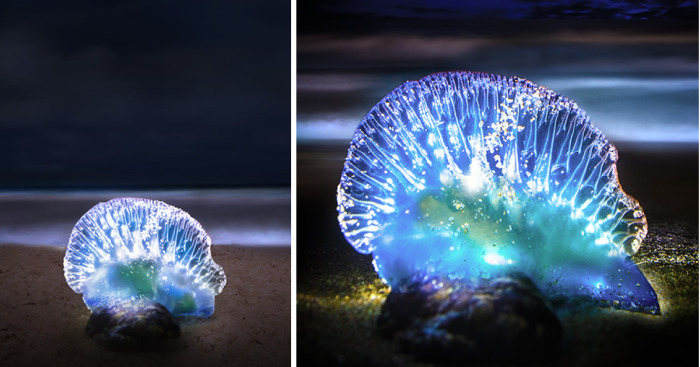
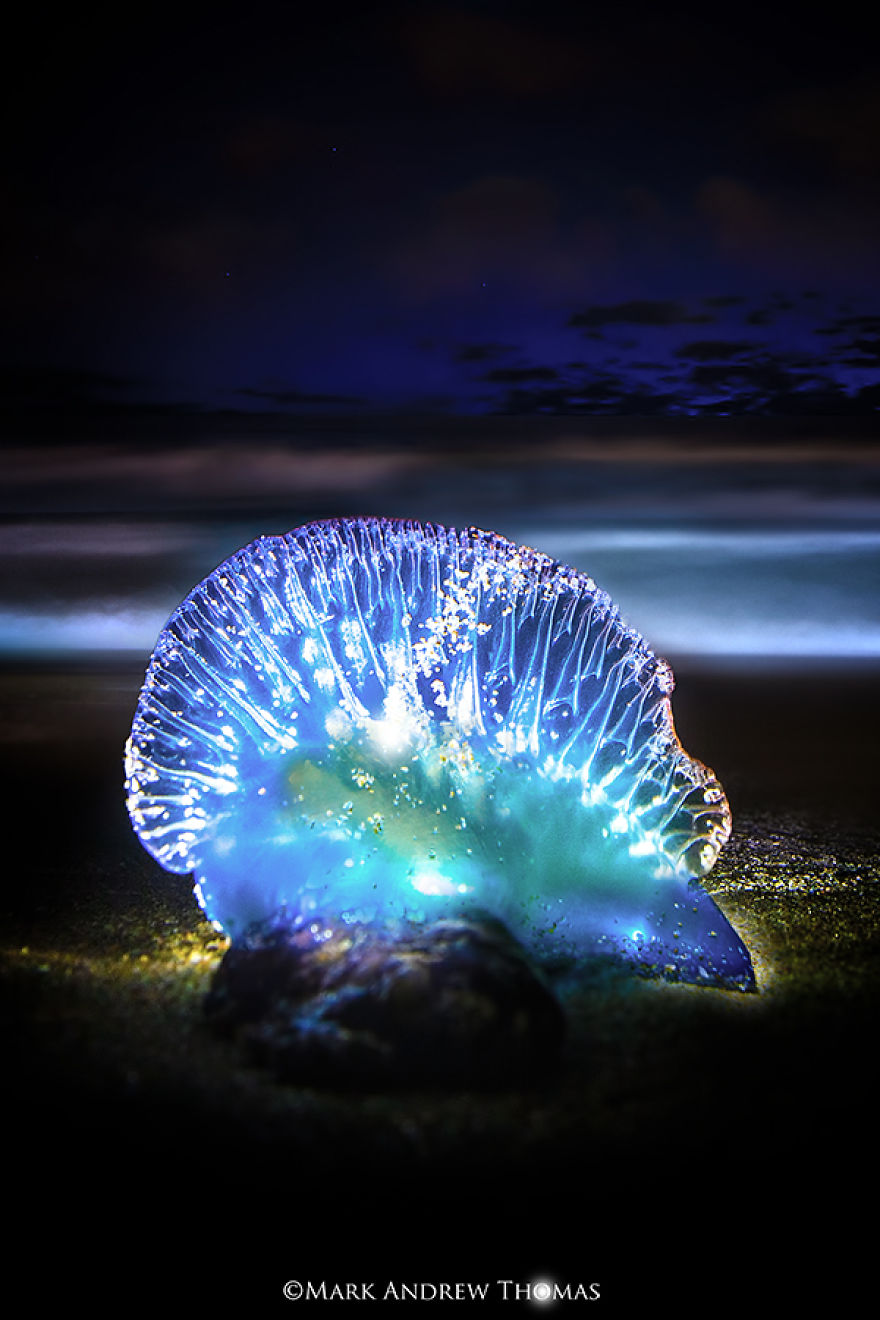
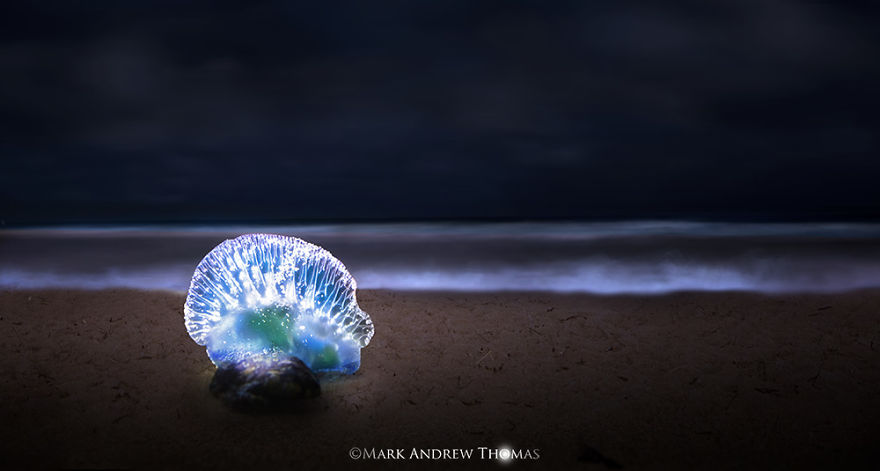
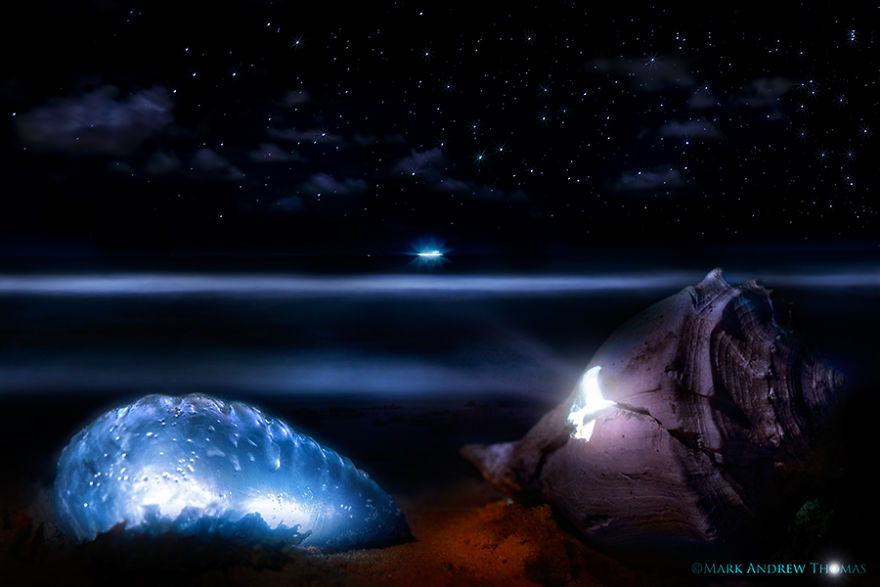
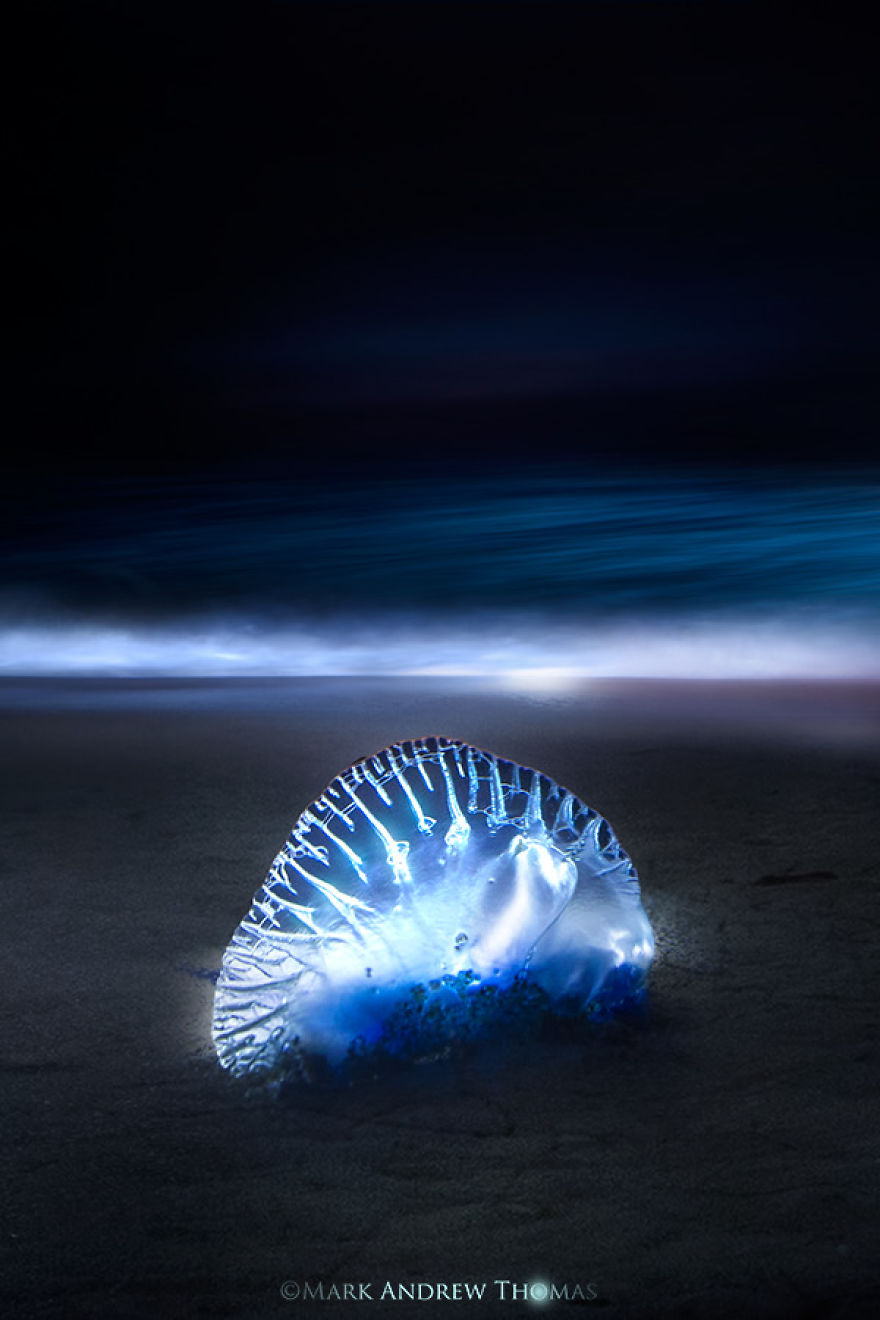













56
3